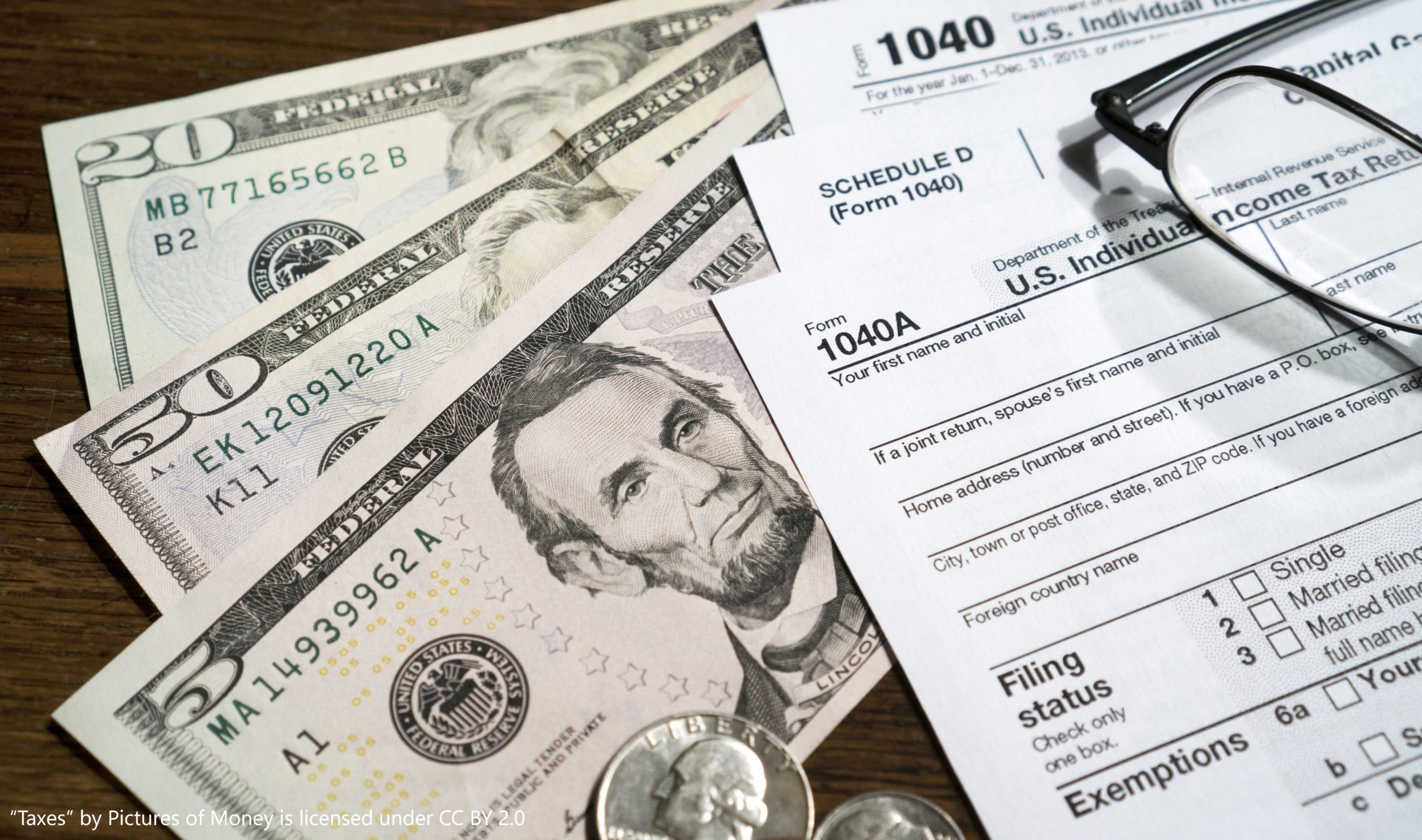California imposes the highest top marginal state income tax rate and one of the highest state and local sales tax rates in the country. It is simply illogical to claim that a state with the highest income tax rate and a very high state and local sales tax rates is not a high tax state. Unsurprisingly, objective comparisons of the 50-state tax systems confirms the obvious.
The Tax Foundation, in its annual evaluation of the competitiveness of all 50 states’ tax systems, found that California has the third worst state tax system. The Golden State ranks so low because it imposes exceptionally high tax rates and has an uncompetitive tax structure. When examining the total amount of taxes collected, the Tax Foundation found that California’s per capita state tax collections was the highest.
It’s not just the Tax Foundation either. In its annual survey, WalletHub found that California had the highest individual income tax burden in the country and the fifth highest overall tax burden. U.S. News & World Report, in its annual evaluation, found that California has the fourth highest tax burden of all the states.
Dumping cold water on the Governor’s claim is essential because Governor Newsom claims this year’s expected balanced budget’ is proof that California has undertaken a disciplined approach to spending. It is folly to claim that California’s spending is disciplined when the state’s tax burden is so excessive.
As we have argued in previous pieces, the budget is being propped up by large capital gain realizations enabled by the strong stock market performance. Relying on the stock market is an unsustainable and risky strategy, which even California Director of Finance Joe Stephenshaw acknowledged in his media briefing on the 2025-26 budget.
The risk is future budget stability. While estimating that the 2025-26 budget remains ‘roughly’ balanced, the Legislative Analyst’s Office predicts that spending growth will outstrip revenue growth by close to two percentage points between 2025-2029. The result will be recurring future budget crises with new commitments.
And yet, as the LA Times has reported, Newsom is keen on expanding Medi-Cal coverage, universal Pre-K, and providing tax credits for Hollywood, all of which they anticipate ‘leaves California with a spending problem.’ Stephenshaw was eager to stress that the new budget limits new funding and touted the elimination of thousands of vacant government positions. He admitted, however, that ‘ongoing baseline costs continue to increase above revenue projections.’ It is unsurprising then that the budget calls for a withdrawal of $7.1 billion from California’s rainy-day fund. That surely is the tell-tale sign that Newsom’s happy talk about the budget surplus is a smokescreen designed to obfuscate the long-term pain Californians will feel should the government continue on its current spending trajectory.
Newsom has sought to pre-emptively deflect responsibility for any decline in the State’s financial health in the upcoming months, suggesting that ‘the bottom could completely fall out’ should the incoming Trump Administration decrease Federal aid to California given that total federal funds totaled $153 billion in the FY2024-25 budget. The spate of wildfires that have broken out across Southern California have also thrown a spanner in the works. Not only will the State have to divert resources towards the affected communities, but Stephenshaw anticipated likely delays in tax collection that would impair the state’s ability to generate revenue.
Factors beyond the State’s control will hamper even the best of plans. California’s budget, however, is a continuation of the same economic thinking that has placed a heavy tax burden on its citizens and driven many of them out of the state in recent years. Acknowledging that the state has a tax and spending problem is the first step toward establishing a more judicious spending plan that will benefit Californians in the long-run.
Nikhil Agarwal is a Pacific Research Institute research associate.

